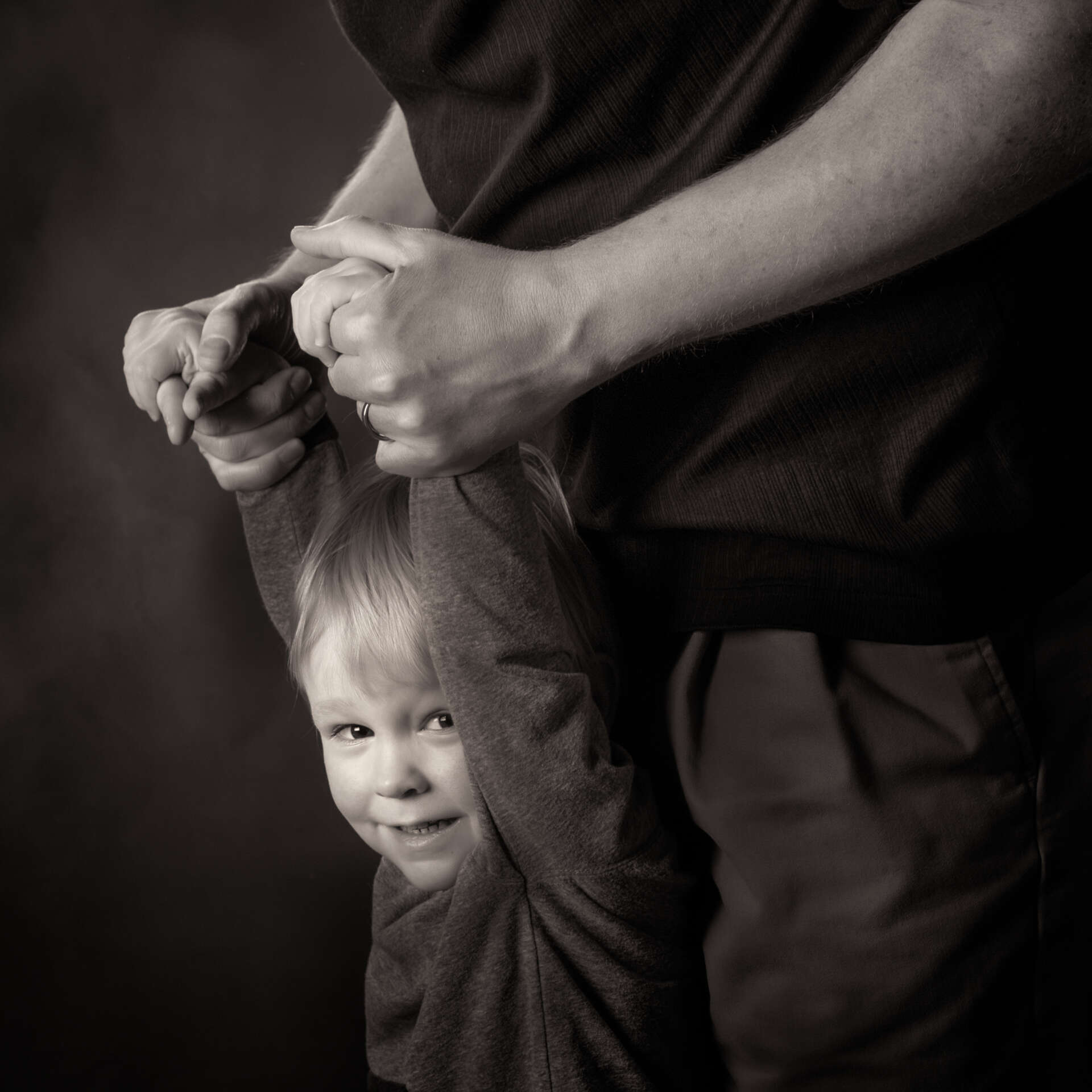We caught up with the brilliant and insightful Sue Ryan a few weeks ago and have shared our conversation below.
Hi Sue, thanks for joining us today. We’d love to hear about a project that you’ve worked on that’s meant a lot to you.
Perhaps the most meaningful project I’ve worked on was a request for my fine art relationship work for a family whose father had recently been diagnosed with a progressive, fatal illness. He wanted photographs of the family, and him and his boys individually while he was still in good shape. The session was amazing – they were all very irreverent and it was funny and joyful, not sad. The images we got were just beautiful, and I delivered large wall art portraits for them.
This is only one of many, similar portrait projects I’ve done. All are very meaningful to me because for 26 years I worked as an intensive care respiratory therapist, running ventilators in open heart, burn, transplant, trauma, and neonatal and pediatric intensive care units. For 10 years after that I worked as an addiction specialist. I shared very intimate emotional spaces with individuals and families over 36 years. The aesthetic of portraiture showing important, authentic relationship dynamics within families, other loved ones, and even individuals’ relationship with themselves embedded itself in my own identity. These are the kinds of projects that are most gratifying to me as an artist.
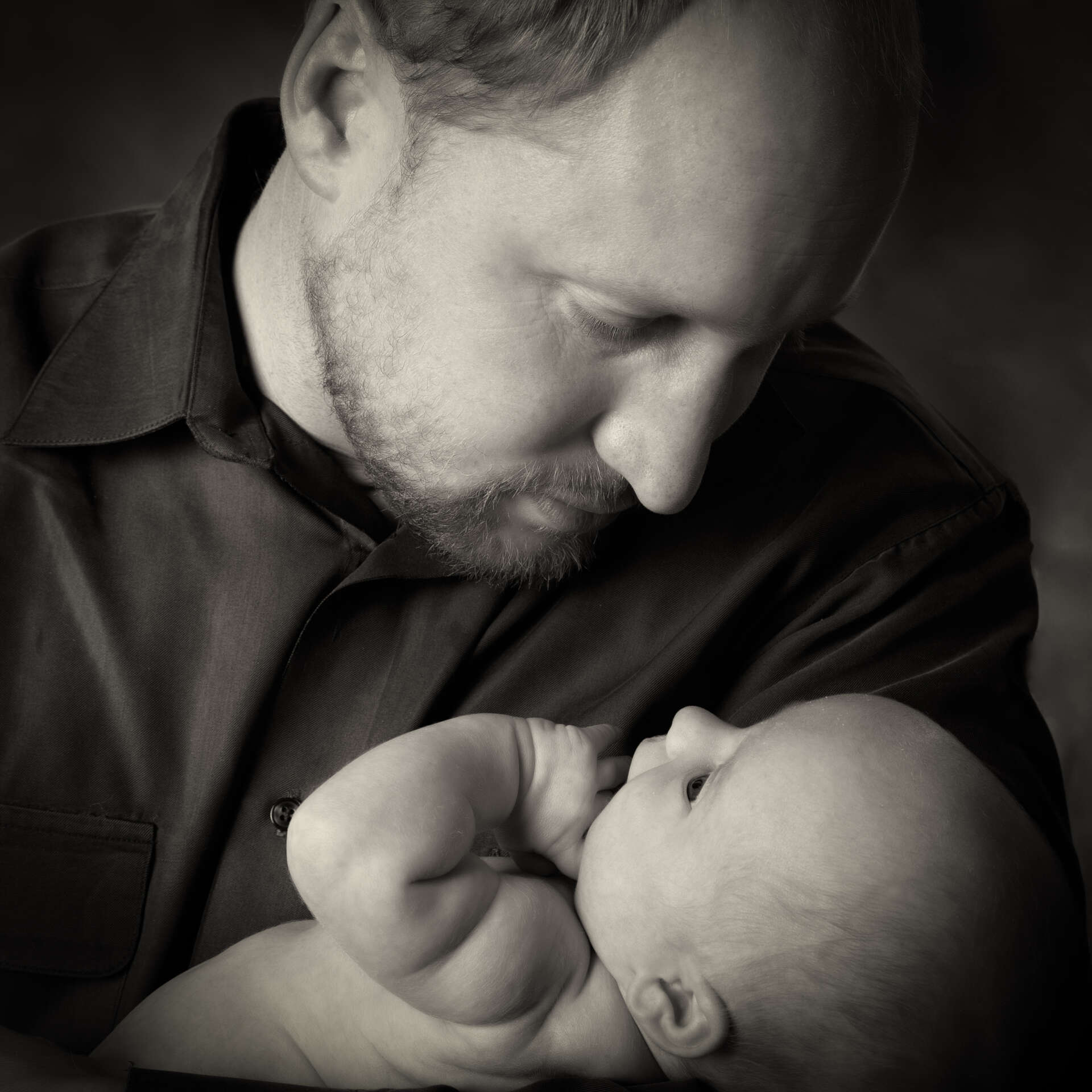

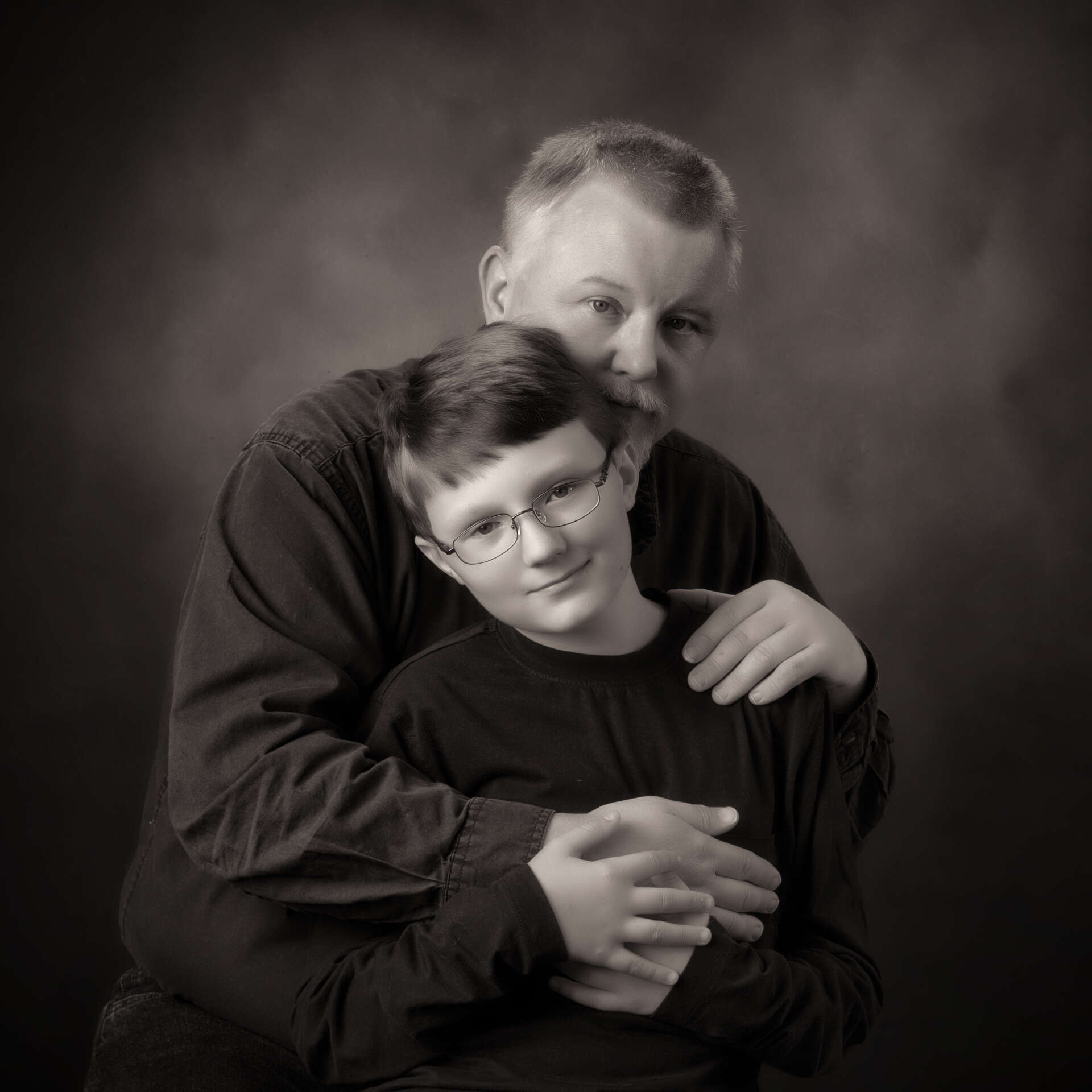
Awesome – so before we get into the rest of our questions, can you briefly introduce yourself to our readers.
I bought my first camera at about 7 years old. A real camera made of plastic I bought at the local five and dime, paid with my own money. It was yellow and black and used 127 film. From there I messed with my dad’s 35mm Zeiss cameras he bought overseas when he was in the navy during the Korean War. Then, after I started having babies I became the “mom with a camera,” using the tried and true beginner 35mm Pentax K1000 with good lenses. As my girls were growing I began taking classes, eventually mentoring with the head of the Fine Art Photography department at Bowling Green State University in Ohio. He taught me the Zone System and I used large format sheet film cameras. I still have his 8×10 view camera. Eventually I switched to Leica M equipment. I felt I could work in the same style technically and mentally while using a very nimble system. View cameras are HEAVY and SLOW!
When I left medicine in 2013 I began thinking about a portraiture business, since caring about the individual lives of people and their life stories never left me. I joined PPA (Professional Photographers of America, the largest nonprofit photography trade group in the world), became a Certified Professional Photographer, and mentored with some very accomplished, world-renowned photographers. Tim Walden in Lexington, KY is one. Canadian photojournalist Ted Grant (the Father of Canadian Photojournalism) was another, though he’s gone now. I recently did an amazing workshop with Jonny Edward here in Denver. He’s a genius, avant-garde, and just one of the nicest humans you could ever meet.
What I’m most proud of professionally is that I’m the right person to take the really important portraits in individuals’ and families’ lives. Not just pretty pictures, but heirlooms to be passed on to children and grandchildren. For my relationship line of portraiture, the style is simple, stripped down to the emotional level and printed in black & white. I do all the work myself, and my husband is my printer. We hand print those up to 16×20 on museum quality fine art paper using archival inks, with rated longevity of 150-200 years. For larger prints we can’t hand print we do work with an individual who uses the same printer and paper system. We look at everything with our own eyes before we deliver it to our clients. People trust us to tell their important stories. They deserve the respect and attention to detail that is important for us to provide.
We often hear about learning lessons – but just as important is unlearning lessons. Have you ever had to unlearn a lesson?
I’ve had to learn that an artistic life is not based on algorithm! My medical work was largely based on decisions based on to hard medical data, best practices, and standards of care. I was a science kid, not an art kid, as was my entire family. That served the technical skills of photography such as physics of light (inverse square law, anyone?), basic compositional principles, color theory, optics, etc.. It’s been really hard for me to let go of being a concrete thinker to allowing myself the creative freedom to use what I know to use that knowledge to synthesize totally new, creative art. I’m still working on that. Studying artists who I respect but who do vastly different work helps.
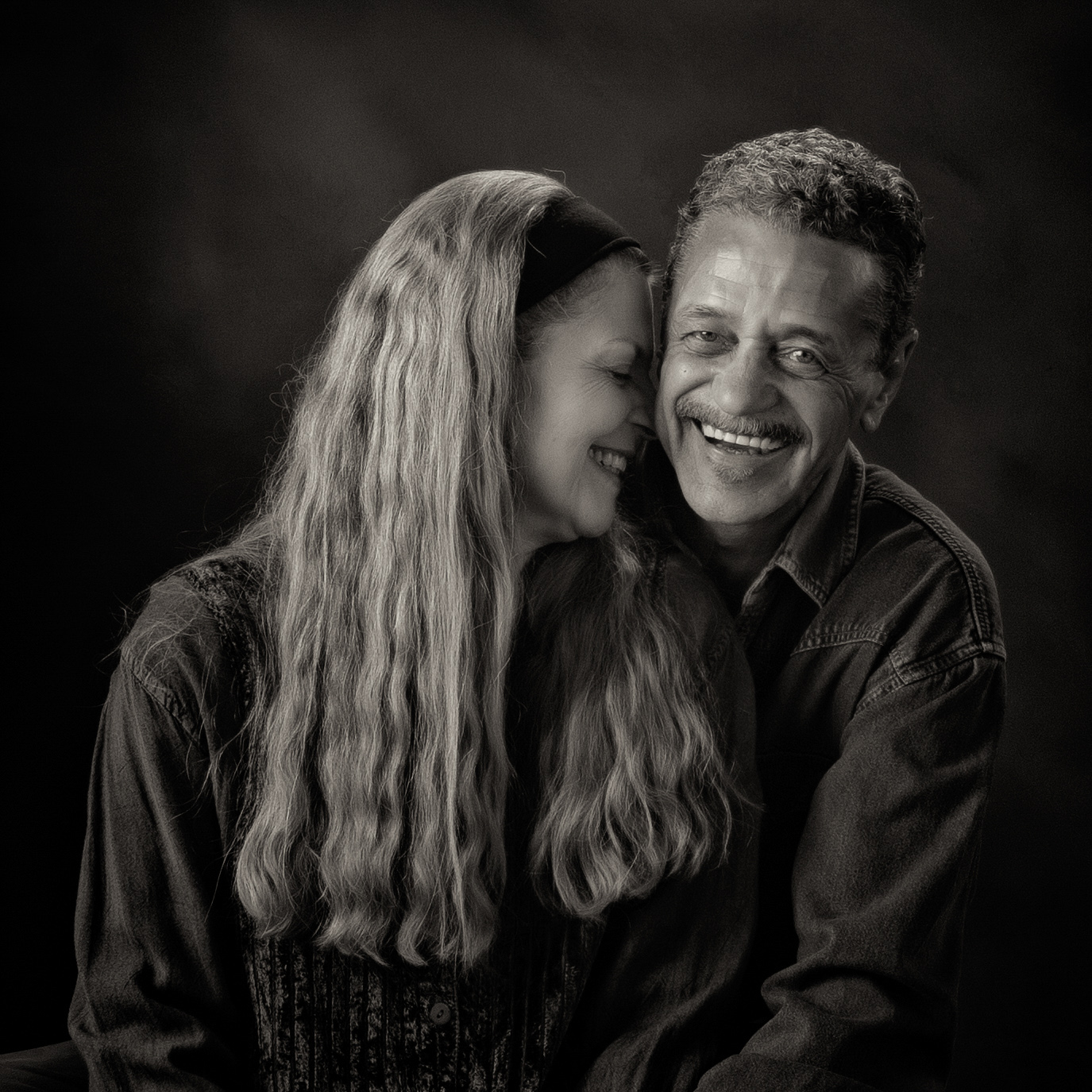
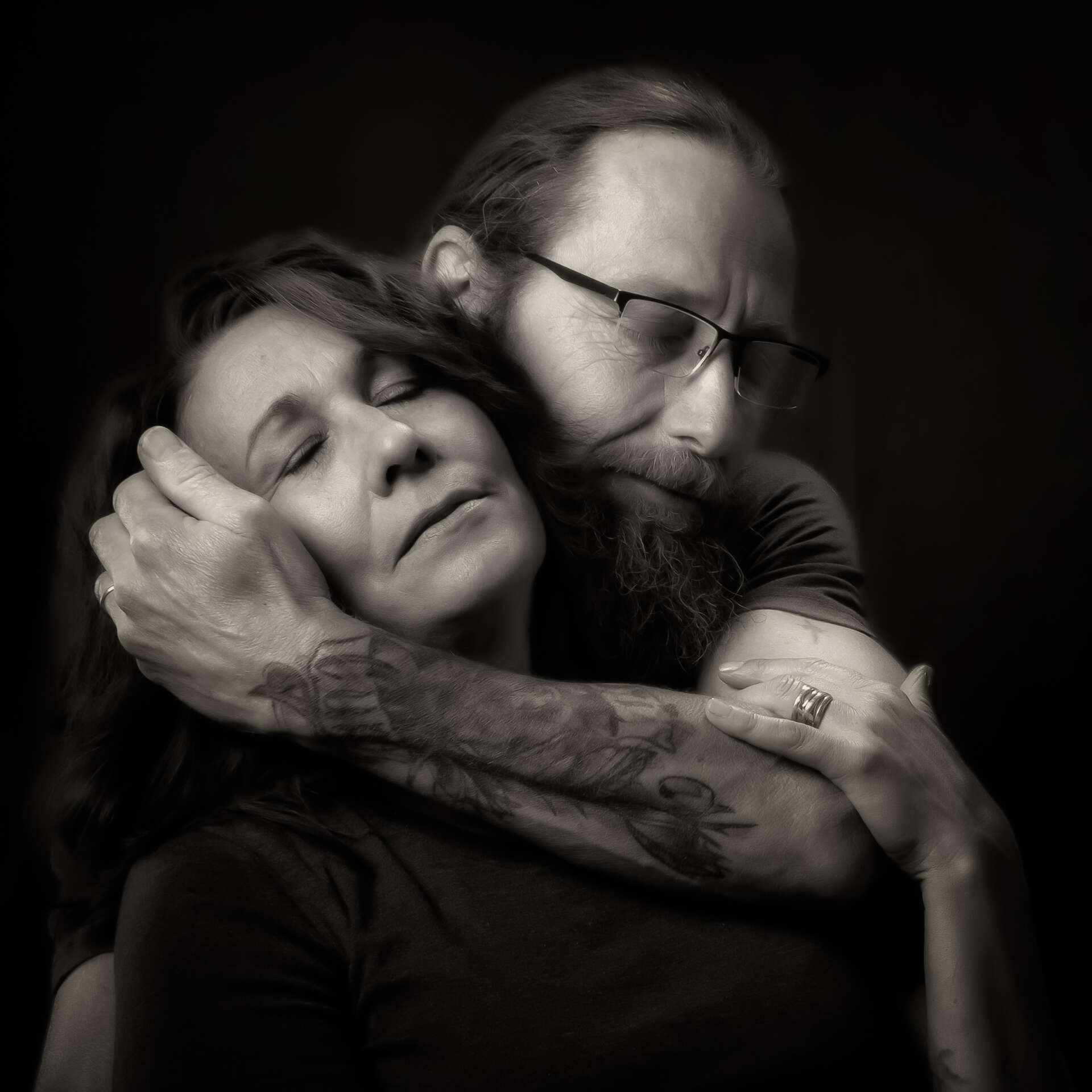
Can you tell us the story behind how you met your business partner?
Well, he’s my husband, and not legally involved in my business. But he is my technical guy. He keeps the computer and printer going, handles all the printer and paper profile stuff, does the printing, and helps me evaluate the prints before they go out. He’s a retired nuclear engineer and has an affinity for technical knowledge. He’s indispensable for all the technical stuff I don’t want to think about. We met in 2001 when we were both photographing at a park in Sylvania, Ohio. He’s wonderful.
Contact Info:
- Website: http://www.sueryanphotography.com
- Instagram: https://www.instagram.com/suekaltenbachryan/
- Facebook: https://www.facebook.com/sue.ryan58/
- Twitter: nope – I boycott everything Elon Musk
- Yelp: https://www.yelp.com/biz/sue-ryan-photography-bailey
Image Credits
Sue Ryan Headshot – photo credit Tom Morrison


